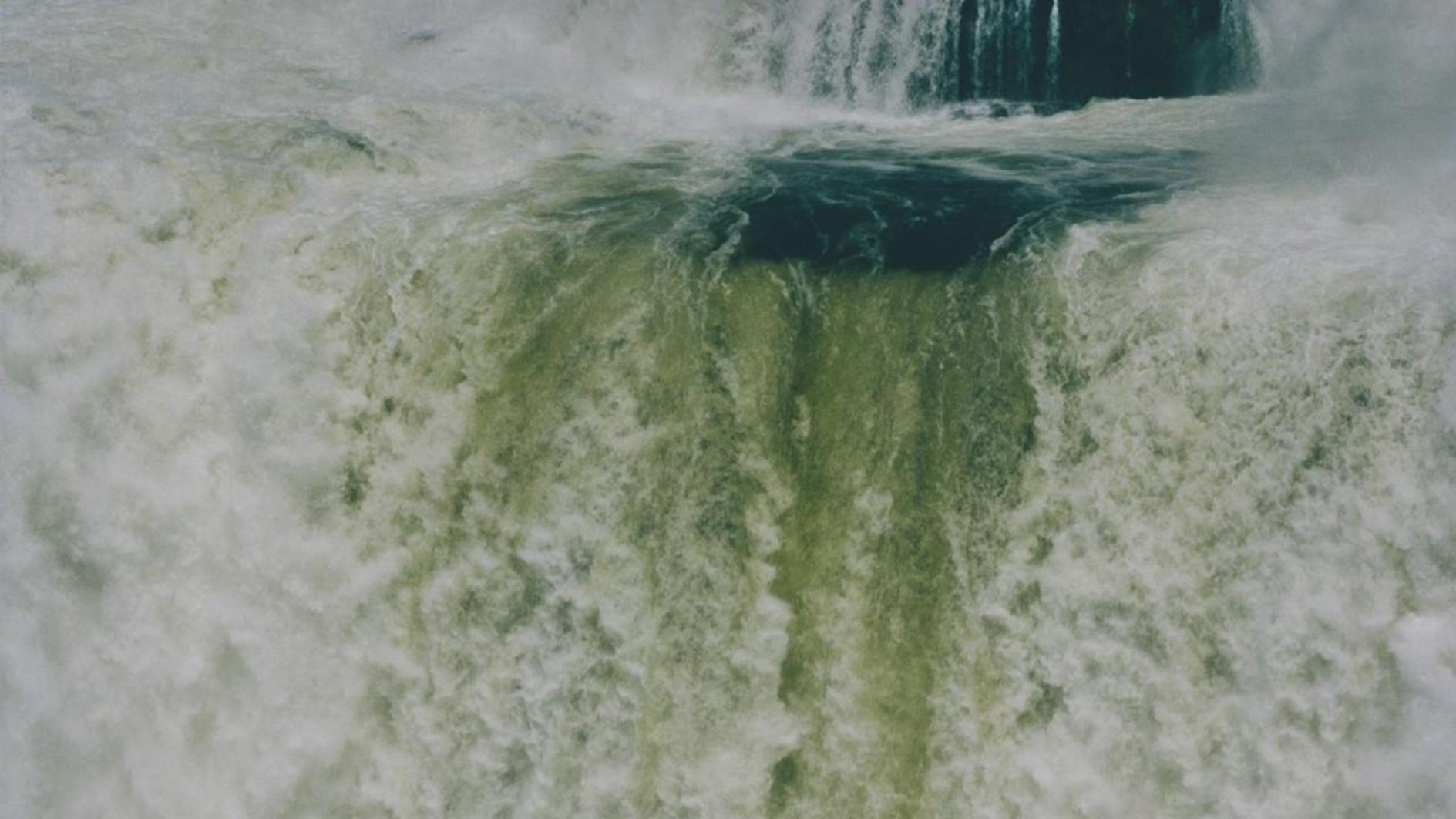Censuring Mustafa Kemal in 1915
At the most critical stage of the First World War, the British War Council planned to conquer Istanbul by passing through the Dardanelles. Despite the British Navy’s heavy artillery attacks on the Ottoman bastions guarding the Gallipoli Strait for one month starting in February 1915, they could not reach their goal. The biggest attack was launched on March 18, 1915. That was also repelled by the Ottoman army.
Every March 18, we commemorate that historic defense as the “Gallipoli Naval Victory.”
Despite their defeat at the sea, the allied powers did not give up. They decided to seize the Ottoman bastions at the shore with their land forces. Under the flag of the United Kingdom, the Australian New Zealand Army Corps (ANZAC), with the support of the French, landed in the Gallipoli Peninsula on April 25, 1915 from five different spots. Land wars began.
For almost three-and-a-half months, cutthroat clashes occurred yet the stubborn resistance of the Ottoman army was not broken. The landing at the Suvla Bay north of Arıburnu on August 6, 1915 also failed because of the Ottoman army’s resistance. On August 9, 1915, the Ottoman attack, called the First Suvla Bay Battle, occurred. ANZAC troops withdrew to the shore. One day later, the Ottoman attack on the Chunuk Bair line further pushed back the ANZAC units. The Second Suvla Bay Battle ended with the victory of the Ottoman defense. The ANZAC and French forces were forced to leave the Gallipoli Peninsula in December 1915.
All Turkish citizens, who have attended up until junior high, know by heart this summary of the Gallipoli resistance; and also, the role of Mustafa Kemal Atatürk in the Gallipoli Battle.
He set foot on the Gallipoli Peninsula on Feb. 25, 1915 as a lieutenant-colonel and warred for nine months and 13 days. He was promoted to colonelship in the field. In the Suvla Bay and Chunuk Bair battles, he staged unprecedented commandership. He left the Gallipoli front on Dec. 10, 1915. At that date, the ANZAC troops and the French had accepted defeat.
It has been exactly 102 years. The Turkish Armed Forces (TSK) that Atatürk has laid the foundations of at Gallipoli has today become one of the most important armies in the world. In the three posters the TSK has prepared for this year’s celebrations, no photo of Atatürk was used.
I asked the Office of the Chief of General Staff. I could not get an answer about posters without any Atatürk pictures. But I was advised to watch the video coverage of the celebrations. I did. The ceremony started with a moment of silence respecting Atatürk and his brothers in arms. There were plenty of Atatürk photos on the walls. Moreover, the İzmir March, which has been made popular by the “No” front in the referendum campaign, was voiced in a mini concert.
At the celebrations indoors, even the İzmir March was played, but in posters on the streets, there was no Atatürk.
Upon this, a photograph censure incident in history came to my mind. It was depicted in Ambassador Sermet Atacanlı’s book “Atatürk and Gallipoli’s Commanders.”
On Oct. 29, 1915, the daily Tasvir-i Efkar wanted to print a portrait picture of Mustafa Kemal. The assigned censure officer took the photo out, but the editor-in-chief Abidin Daver put it back. The caption explained the successes of Mustafa Kemal and it read, “He was born a brave man and has progressed into making heroic wonders, Colonel Mustafa Kemal.”
Enver Pasha and the director of intelligence were raged when they saw the paper. The censure officer was jailed for three days. After a while, the paper was closed for 10 days with another excuse.
Well, the Colonel Mustafa Kemal whose photo was wanted to be censured on Oct. 29, 1915 has engraved his photo in the hearts of Turkish people with the republic he founded exactly eight years later on Oct. 29, 1923.
No need for any poster!











